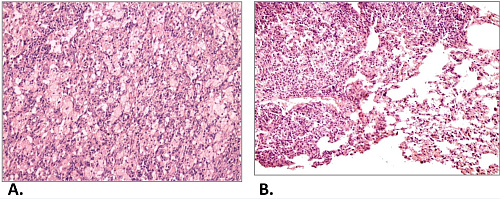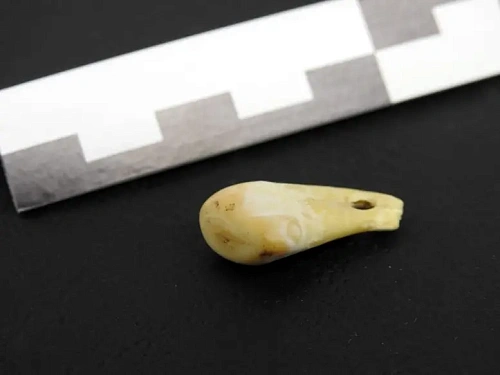






Scientists of the Tomsk Polytechnic University Research School of Chemical and Biomedical Technologies have proved that silver nanoparticles obtained by irradiation can effectively destroy cancer cells. The obtained scientific results provide prospects for the use of such particles in the complex therapy of cancer pathologies. The research is supported by a grant from the Russian Science Foundation. The results of the scientists' work are published in the journal Pharmaceuticals (Q1; IF:6,525).

Silver nanoparticles are one of the most studied objects of nanotechnology, including those used for medical purposes. Their synthesis is carried out by scientific groups around the world. Typically, the particles are obtained by chemical reduction from a solution. Specialists of Tomsk Polytechnic University together with colleagues from the Tomsk National Research Medical Center, the Vector-Vita Research and Production Center (Novosibirsk) and the National Autonomous University of Mexico used silver nanoparticles obtained using irradiation in the study. They were produced in the Novosibirsk center "Vector-Vita". Scientists obtained silver nanoparticles with a diameter of less than 100 nanometers using an accelerated electron beam of high-energy electrons and stabilized with polyvinylpyrrolidone or collagen hydrolysate. The nanoparticles obtained in this way exhibit a wide range of biological properties.
The full range of biological research was carried out on the basis of the Research School of Chemical and Biomedical Technologies of TPU. Scientists have studied the cytotoxicity of nanoparticles and their ability to cause the death of cancer cells in a certain concentration. As a biological model, cell cultures of various tumors were used — prostate cancer, ovarian cancer, breast cancer, colon cancer, neuroblastoma, leukemia.
Silver nanoparticles trigger a special mechanism of cell death — apoptosis. Dying, the cell "packs" itself into compact fragments, which the surrounding tissues and macrophages begin to absorb. This is not accompanied by a large inflammatory process, since there is no exit from the cytoplasm, as happens with cell death by necrosis. Thus, nanoparticles make it possible to destroy tumor cells of a wide spectrum in a soft way. Silver nanoparticles obtained under the action of an electron beam have a more pronounced toxic effect on tumor cells," explains Evgeny Plotnikov, associate professor at the Research School of Chemical and Biomedical Technologies.
The nanoparticles synthesized in this way are stable in aqueous solutions. This makes it possible to ensure their bioavailability and high biological effect, destroying actively proliferating cells, primarily tumor cells, and exerting minimal cytotoxic effect on healthy cells of the body.
"When assessing the cytotoxic effect of nanoparticles, it was found that starting from their concentration of 1 microgram/ml and above, complete death of tumor cells is observed. In lower concentrations, there is also an increase in the number of cells in the state of apoptosis. Thus, cells under the influence of innovative silver nanoparticles can be more sensitive to combined cytostatic therapy and radiation exposure," notes Evgeny Plotnikov.
At the next stage of the study, the polytechnics plan to study the combination of the interaction of silver nanoparticles with other known methods of cancer therapy. The task of scientists is to enhance their effectiveness with a combined effect on tumor cells.

